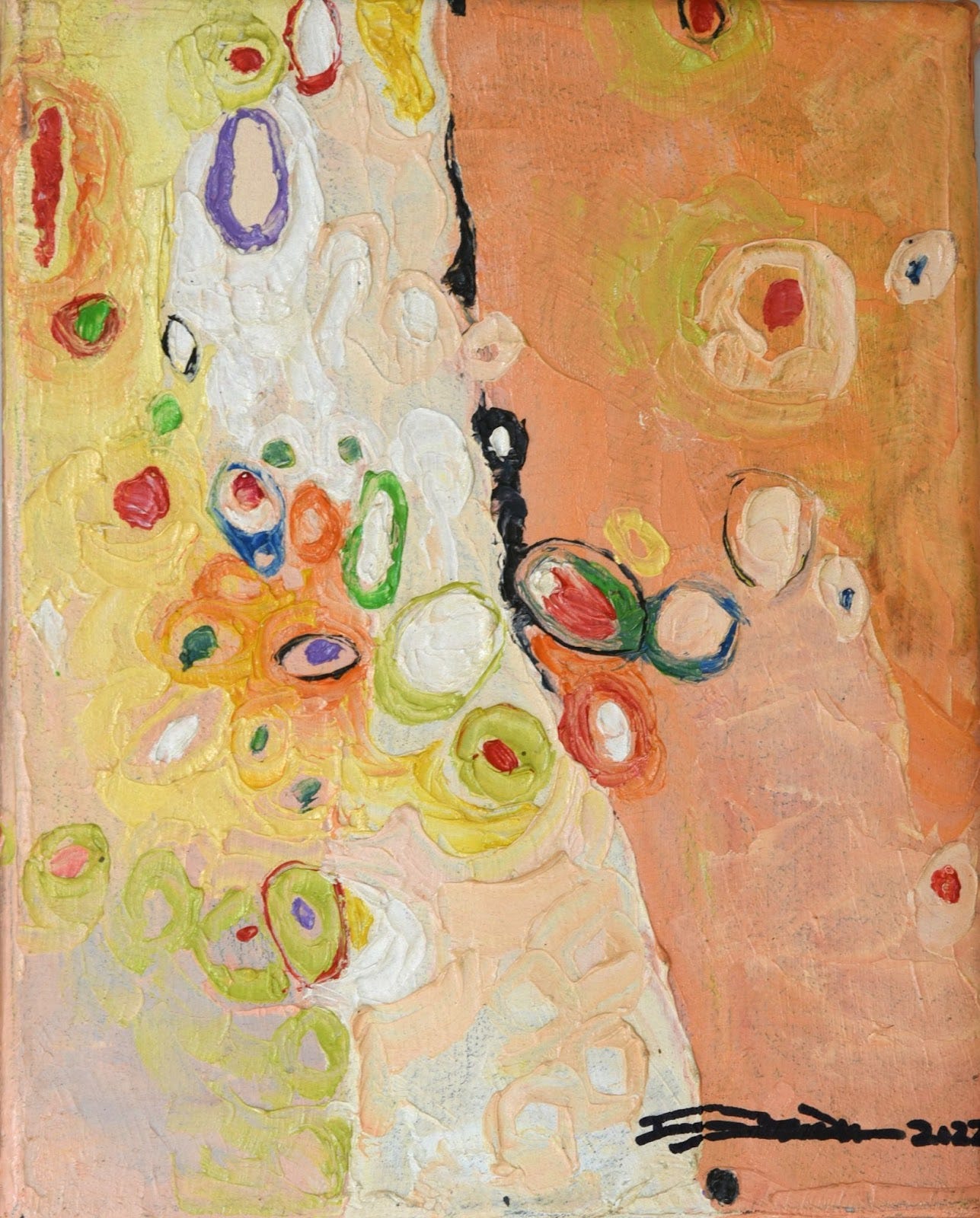The Art of Letting Go: When Collectors Deaccession Their Treasures
Saying Goodbye to the Art You Love

Letting go is never easy, especially when it comes to art.
For many collectors, every piece in their collection holds a story and shared memories. Maybe it was love at first sight at a fair in Lagos. Maybe it was a painting showcased in Frieze New York that reminded them of home. Or maybe it simply stirred something in their soul. Art is emotional. It sticks with you.
So when a collector decides to part with a piece, it's more than just making room on the wall. It's about letting go of a moment, a memory, or a connection. And that’s exactly what makes the process of deaccessioning—the formal term for removing an artwork from a collection—so personal and powerful.
But here’s the thing: sometimes, letting go is the next step forward.
Top Picks from Our Collection



What Does Deaccessioning Really Mean?
Let’s be real—"deaccessioning" sounds a bit stiff. But it’s a natural occurrence in the world of art. Museums do it. Private collectors do it. It simply means officially removing a work from your collection.
And no, it doesn’t mean the piece is any less important. It just means it’s time for someone else to enjoy it—or that it no longer fits your collection’s vibe.
Why Collectors Choose to Let Go
There’s no one-size-fits-all reason for deaccessioning. Here are a few common reasons:
Your taste evolves. What thrilled you ten years ago might not spark joy today. And that’s okay.
You’ve run out of space. It happens, especially if your collection’s been growing faster than your wall space.
You need to fund something else—a distress sale. You’ve got your eye on a new piece. Or maybe it’s time to invest in a cause close to your heart. Or there’s a health or family emergency that needs to be funded.
You’re planning your legacy. Some collectors want to streamline what they’ll pass on to the next generation or donate select pieces to museums where others can enjoy them.
Let’s Talk About the Feelings
This part doesn’t get enough attention.
Deaccessioning can feel like a breakup. There’s nostalgia. Guilt. Even doubt. You might wonder, “Am I doing the right thing?” Spoiler: You probably are.
Letting go doesn't erase the memories you’ve made with the piece. It just means someone else gets to experience its charm now. That’s still a beautiful thing.
Doing It Right: Ethical Deaccessioning
Selling or donating art should always be thoughtful. Here are practical steps to follow:
Be transparent. If it’s a high-profile piece or one with community value, be clear about why you’re letting it go.
Talk to the pros. Curators, art lawyers, and advisors can guide you on the best route, especially when it comes to auctions or museum donations.
Put the profits to good use. Some collectors use sales to fund scholarships, buy work from emerging artists, or support cultural initiatives.
Think of it this way: your deaccession could spark a new beginning, not just for the piece but for the new collector and others in the art world who get to experience it.
Art collecting isn’t static. It’s alive. It grows, shifts, and surprises you. And sometimes, it calls for a change.
Letting go doesn’t mean forgetting. It means evolving. When done with care, deaccessioning can be one of the most intentional and impactful decisions a collector could ever make.
Therefore, if you’re at a crossroads on a beloved painting, wondering if it’s time to move on, trust your gut. Letting go is part of the journey.
And who knows? The next collector might just be a good custodian and steward of the piece, like you once did.



